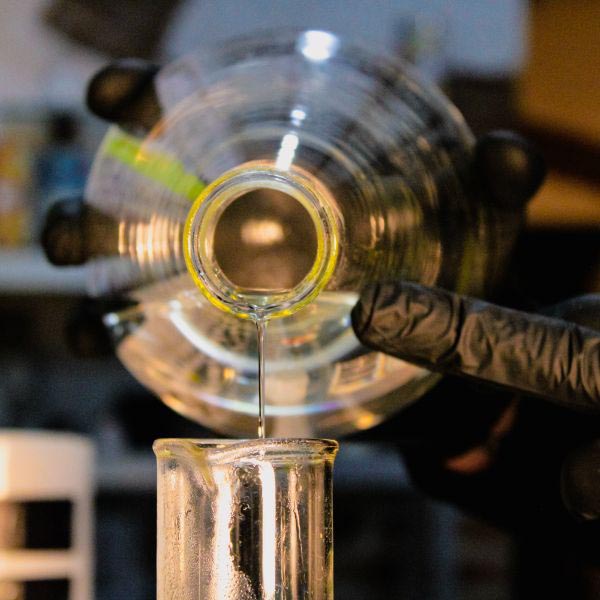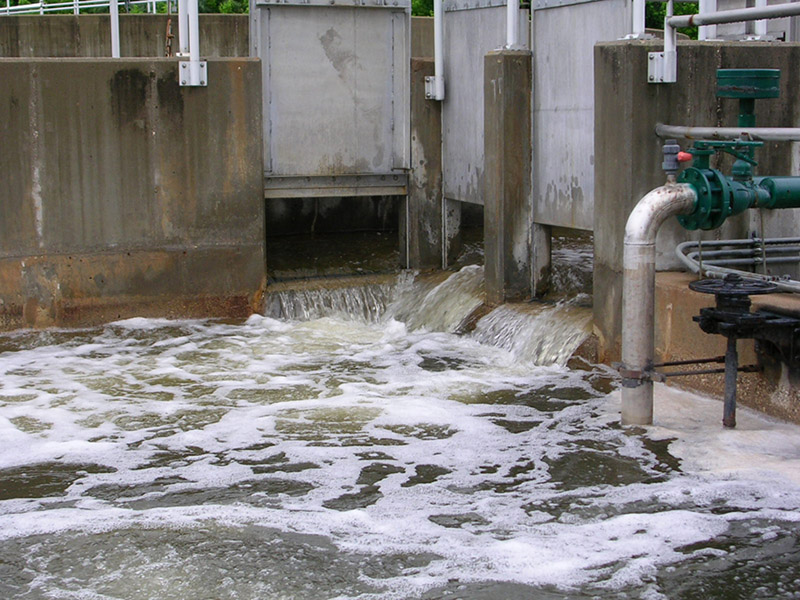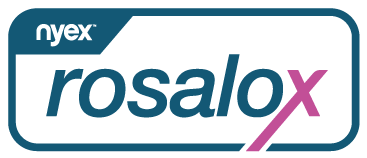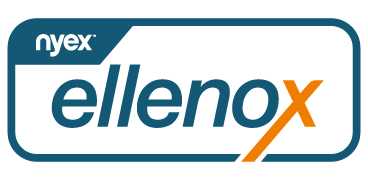Propranolol Removal from Wastewater
Propranolol is a non-selective β-adrenergic receptor antagonist, or beta blocker. It’s on the World Health Organization’s List of Essential Medicines. Propranolol Removal from water is essential due to its endocrine disrupting properties it can have dangerous effects on humans. This is why we need to remove the chemical from water.








